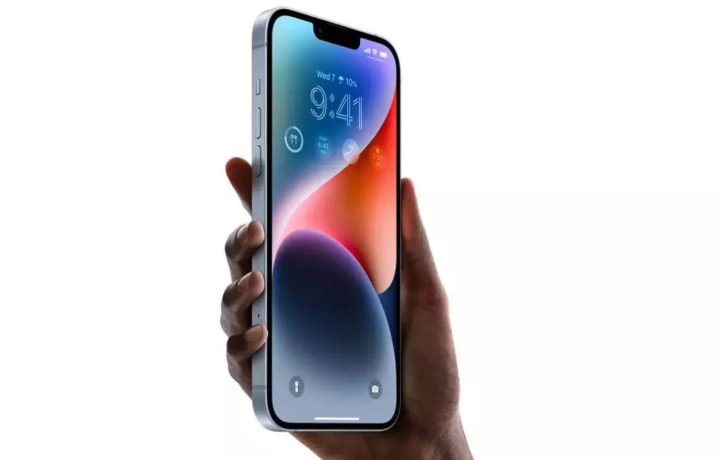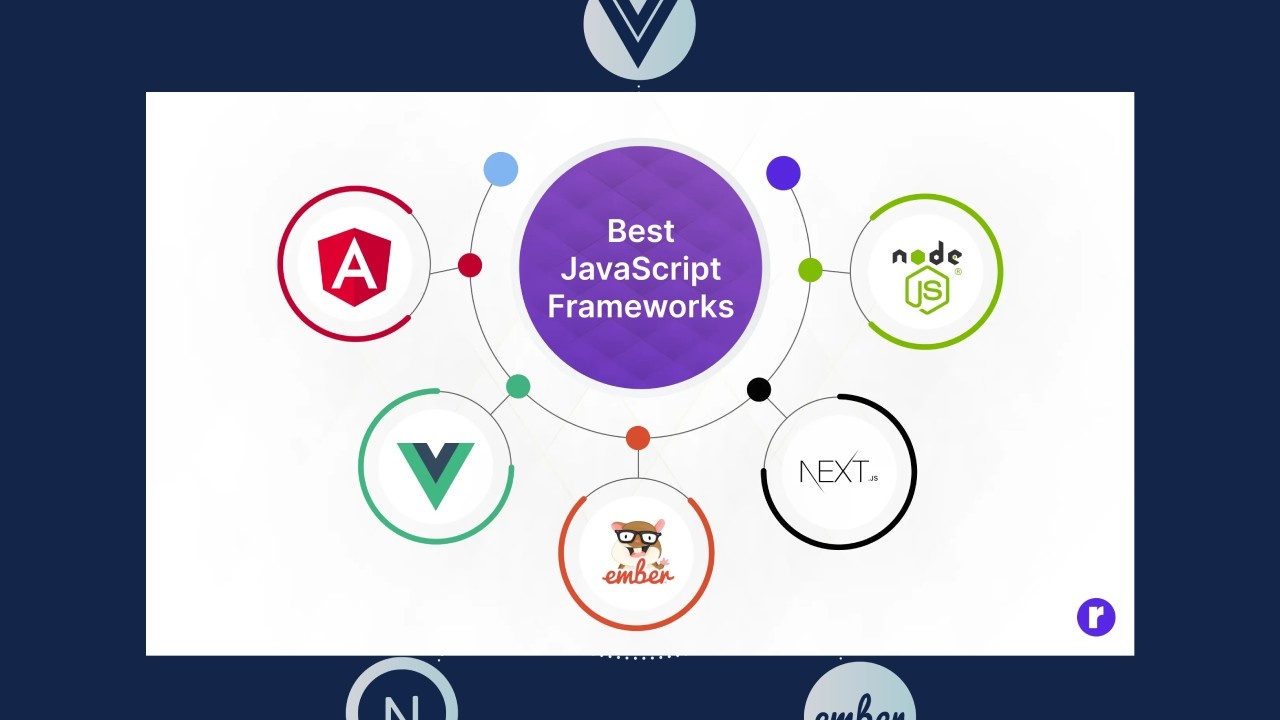Introduction
Apple iOS, created the mobile operating system, which was first released in June 2007 for the original iPhone model. It was utilized to power Apple’s iPhones until 2019 and on iPads and iPod Touch devices until the middle of 2022. It is the foundation for iPadOS, tvOS, and watchOS and is the second most popular mobile operating system globally, behind Android. With over 130 billion downloads, the App Store has over 3.8 million apps as of December 2023. Based on macOS, iOS is primarily proprietary software that incorporates elements of FreeBSD and the Mach microkernel. September 18, 2023 saw the introduction of iOS 17, the most recent version.
History
iPhone OS 1 June 29, 2007
iPhone OS 2 July 11, 2008
iPhone OS 3 June 17, 2009
iOS 4 June 21, 2010
iOS 5 October 12, 2011
iOS 6 September 19, 2012
iOS 7 September 18, 2013
iOS 8 September 17, 2014
iOS 9 September 16, 2015
iOS 10 September 13, 2016
iOS 11 September 19, 2017
iOS 12 September 17, 2018
iOS 13 September 19, 2019
iOS 14 September 16, 2020
iOS 15 September 20, 2021
iOS 16 September 12, 2022
iOS 17 September 18, 2023
iOS 18 September, 2024 (expected)
Steve Jobs decided in 2005 to make the Mac smaller for the iPhone, which prompted Scott Forstall’s group to create iPhone OS. The iPhone was first unveiled in January 2007; however, until the App Store opened in 2008, it was not possible to download third-party apps. By 2016, the shop has grown to include over 2 million apps. In addition to launching the iPad in 2010 and the iPod Touch in 2007, Apple also relaunched iPhone OS as iOS in the same year. 2015 saw the release of the Apple Watch, which runs watchOS, an iOS derivative. In 2016, Apple launched the iOS Developer Academy in Naples, and in 2019, they revealed iPadOS.
Features
Interface, Home Screen, System Font, Folders, Notification Center, Applications, App Library, Storage, Accessibility, Multitasking, Switching Applications, Ending Tasks, Task Completion, Siri, Game Center, Hardware.
Hardware
For iOS, the ARM architecture (ARMv7, ARMv8-A, ARMv8.2-A, ARMv8.3-A) serves as the primary hardware platform. Only 32-bit ARM processors (ARMv6 and ARMv7-A) were supported prior to iOS 7. iOS 7 brought complete 64-bit compatibility for the Apple A7 processor in 2013. February 2015 saw the requirement for 64-bit support for all new App Store apps, and June 2015 saw the same for all app updates. iOS 11 is now exclusively 64-bit, discontinuing support for 32-bit hardware and software.
Development
The iOS SDK makes it possible to create iOS mobile applications. Steve Jobs had originally planned for developers to create web apps for Safari, but in response to criticism, the SDK was made available on March 6, 2008. For Mac users, it is free; however, Windows PC users cannot access it. The SDK is updated with new versions of iOS and provides access to iOS functionalities as well as an iPhone simulator. To test and distribute programs, developers must sign up for the Apple Developer Program. The SDK facilitates Objective-C and Swift app development when used in conjunction with Xcode. Other programming languages can be used with other tools to create iOS apps.
Update history & schedule
Every year, Apple sends out significant iOS updates via the air. Users have the option of either automatic or manual installation, and updates are free. Over time, Apple has expanded the iPhone’s update support.
XNU kernel
The open-source XNU kernel that powers macOS is the foundation for the iOS kernel. With every iOS update, Apple releases new versions and gradually enhances security features.
Kernel Image
Address Space Layout Randomization (ASLR) is a mechanism used by iOS to safeguard the kernel. This implies that every reboot modifies the location of the kernel code, making it more difficult for attackers to take advantage of flaws.
Kernel Map
To increase security, the iOS kernel uses randomization in its memory layout. This makes it more difficult for attackers to take advantage of vulnerabilities because it makes it unpredictable where kernel components will be located in memory.
Versions codenames
Apple designates iOS versions during development with codenames, such as Dawn for iOS 17. This protects the confidentiality of project details.
Jailbreaking
Apple’s limitations on iPhones can be removed by jailbreaking, enabling customisation and the installation of unauthorized apps. Depending on the approach, it may be either permanent or transitory. Installing approved apps through jailbreaking is permissible in the US.
Unlocking
Although it may not be permanent, unlocking your iPhone to use another network may rely on your provider’s policies. In certain nations, phones that were purchased prior to a specific date may be unlocked.
Digital rights management
It is said that Apple’s hegemony over iOS has created a walled garden. This implies that, in contrast to Android, users have less freedom. Opponents claim that by limiting user personalization, limiting content management, and limiting app development, this stifles innovation. For instance, consumers cannot readily alter the program, and Apple has the ability to remotely uninstall apps.






